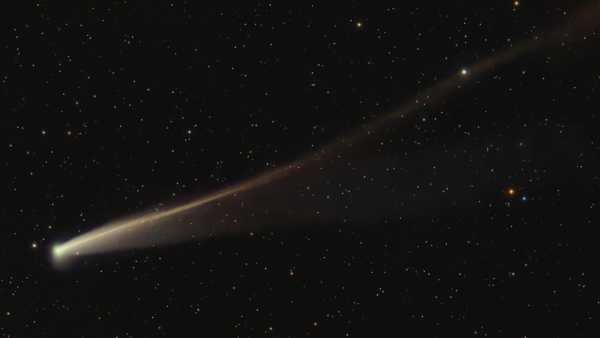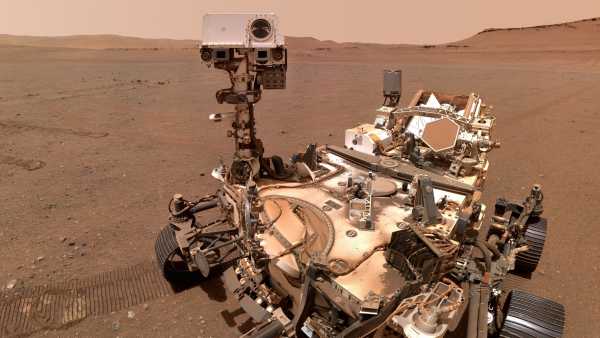
A selfie taken by NASA's Perseverance rover on Mars. (Photo: NASA)
Strange clusters of unusual minerals found on patchy rocks on Mars provide even more intriguing clues that ancient life may have once thrived on the now-dead planet, NASA scientists say.
In 2024, NASA's Perseverance rover discovered one such arrow-shaped rock, dubbed Čejava Falls, along the northern shore of the Neretva Valley, the dried-up remains of an ancient river that once flowed into Mars' Jezero Crater.
Initial analysis of the rock, found in a lake formation known as Bright Angel, found it to be rich in organic compounds, has evidence that water once flowed through it, and contains patches of leopard-like spots left over from chemical reactions that ancient microbes could have used for energy.
You may like
-
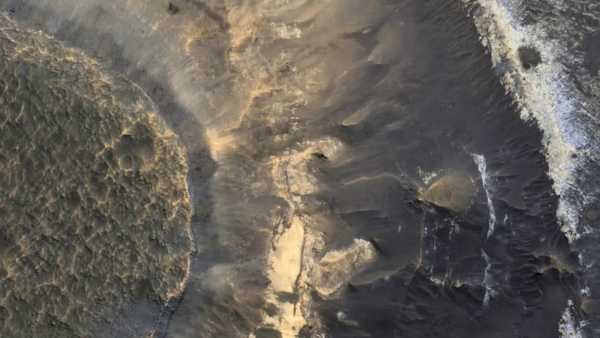
Could signs of life on Mars be hidden in thick layers of clay?
-
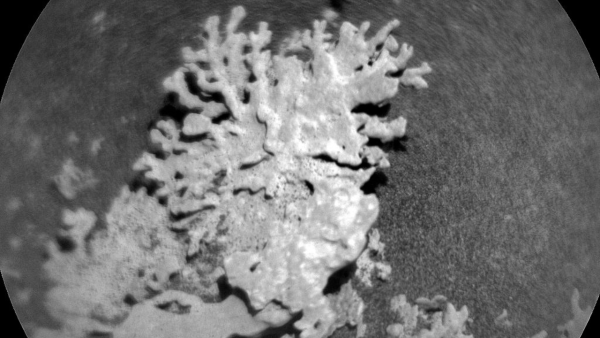
NASA Discovers Billion-Year-Old 'Coral' on Mars
-

Mars rover takes first close-up photos of giant 'webs' on the Red Planet
These features could be the result of nonbiological processes that have been going on for millions of years. But now, in a new study published Sept. 10 in the journal Nature, NASA scientists have provided intriguing details about additional rock samples found at two nearby sites — clues they say bolster the case for past life on Mars.
“After a year of research, they came back and said, look, we can't find any other explanation,” NASA acting administrator Sean Duffy said at a press conference after the announcement. “So this could very well be the clearest sign of life we've ever found on Mars, and that's incredibly exciting.”
Since arriving on Mars in 2021, Perseverance has been cruising the 50-kilometer-wide Jezero Crater, collecting dozens of rock samples for eventual return to Earth. After finding a rock with leopard-like spots, scans by the SHERLOC (Scanning Habitable Environments with Raman and Luminescence for Organics and Chemicals) instrument revealed that the sample contained carbon-based molecules, as well as bands of reddish hematite flecked with iron and phosphate.
“When the rover arrived at Bright Angel and started measuring the composition of the rocks there, the team was immediately struck by how different they were from anything we’d seen before,” said study co-author Michael Tice, a geobiologist and astrobiologist at Texas A&M University. “They showed evidence of a chemical cycle that organisms on Earth can use to produce energy. And when we looked even closer, we saw things that are easy to explain by early Martian life, but very difficult to explain by geologic processes alone.”
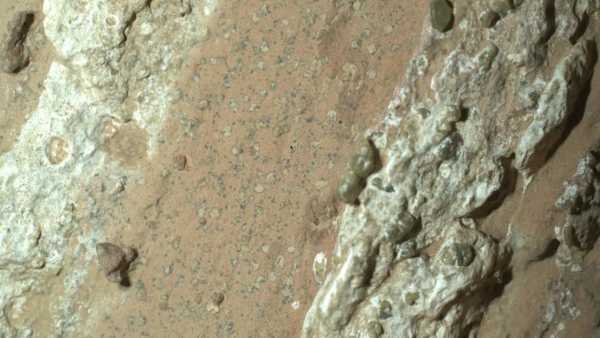
The photograph of Cheyava Fallas shows white marks that may be traces of ancient microbial activity.
Additional discoveries announced today by NASA involve clay-rich rock samples found at two sites called Sapphire Canyon and Masonic Temple that contain vivianite, an iron phosphate mineral, and greigite, an iron sulfide mineral.
Scientists believe that these minerals may have formed as a result of reactions between mud and organic matter. The distribution of minerals in the rocks seems to support this hypothesis.
“It’s not just the minerals, but the way they’re organized in these structures that suggests they formed through the redox cycling [in which bacteria play a key role on Earth] of iron and sulfur,” Tice said. “On Earth, similar structures sometimes form in sediments where microbes feed on organic matter and ‘breathe’ rust and sulfates. Their presence on Mars raises the question: Could similar processes have occurred there?”
However, a final decision on whether the patterns were created by biological or non-biological processes can only be made in laboratories on Earth, and whether Perseverence's precious cargo will be delivered for this analysis remains a contentious political issue.
The European Space Agency (ESA) and NASA originally proposed using NASA's Sample Retrieval Lander, a spacecraft with a small rocket, to collect samples from the rover by 2033 as part of the Mars Sample Return mission. The rocket would then return to orbit with the samples.
RELATED STORIES
— NASA's Mars satellite has discovered traces on the surface of Mars that “look like drops of paint running down a wall.”
— NASA's Mars rover has discovered an unusual “Skull” on Mars, and scientists are baffled.
— Life on Mars may survive — if you belong to one of these strange hybrid life forms.
But the mission, which is well over budget and delayed, could be canceled due to the Trump administration's planned budget cuts to NASA. Meanwhile, China has unveiled its own plans for a Mars sample-return mission that could launch by 2028.
Pressed by reporters during a question-and-answer session following the announcement, Duffy could not confirm whether or when a sample return mission would occur, but he remained optimistic.
“The president loves space — he's asked me about it,” Duffy said. “I tell him how things are going, what we're doing, and he doesn't brush me off.”
“If there was a problem with resources, I would turn to him and I am sure he will support us,” he added.
TOPICS Life on Mars

Ben Turner, Social Links, Navigation, Acting News Editor
Ben Turner is a British writer and editor at Live Science. He covers physics and astronomy, technology, and climate change. He graduated with a degree in particle physics from University College London before becoming a journalist. When not writing, Ben enjoys reading literature, playing guitar, and embarrassing himself at chess.
You must verify your public display name before commenting.
Please log out and log back in. You will then be prompted to enter a display name.
Exit Read more
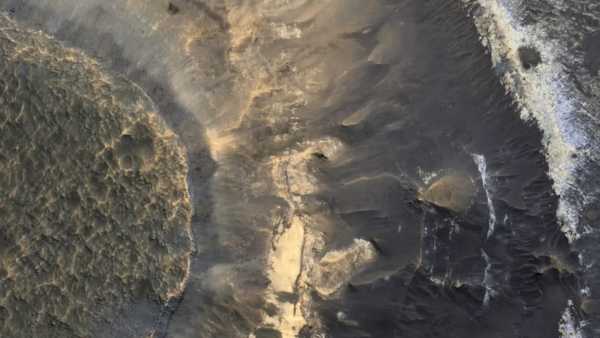
Could signs of life on Mars be hidden in thick layers of clay?
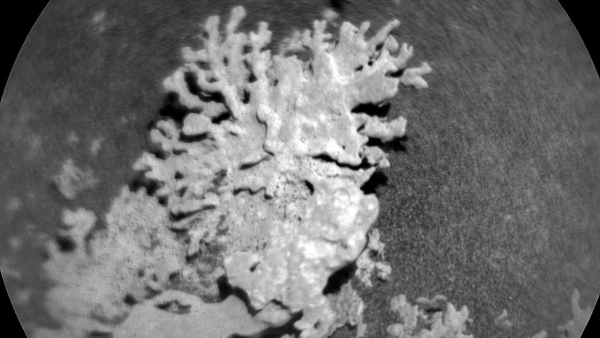
NASA Discovers Billion-Year-Old 'Coral' on Mars
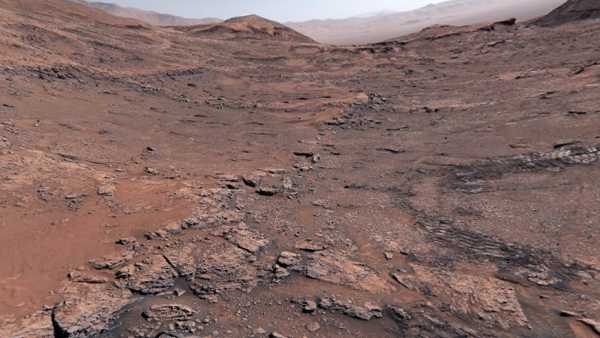
Mars rover takes first close-up photos of giant 'webs' on the Red Planet
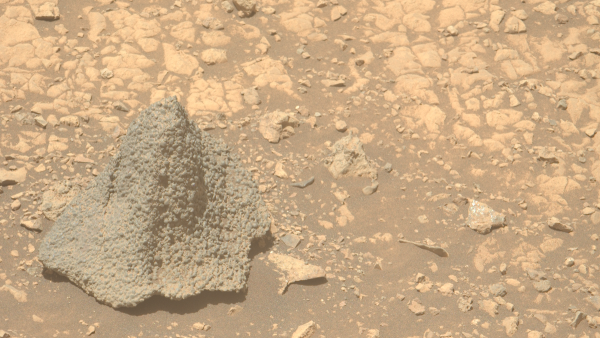
NASA's Perseverance Rover Discovers Mysterious 'Helmet' on Mars
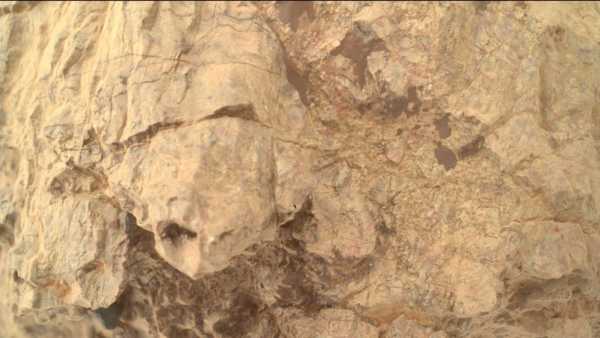
NASA Discovers Strange 'Turtle' on Mars

Dozens of mysterious objects discovered inside Mars may be the remains of 'failed planets'.
Latest news about Mars
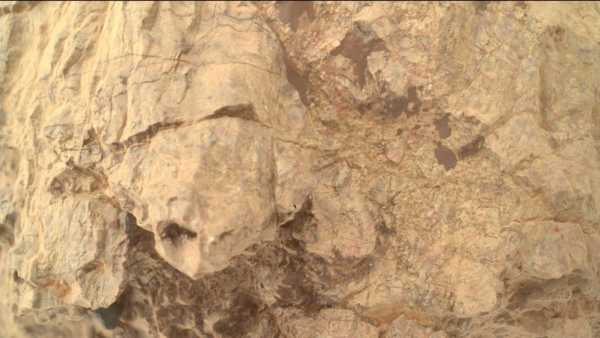
NASA Discovers Strange 'Turtle' on Mars

Dozens of mysterious objects discovered inside Mars may be the remains of 'failed planets'.
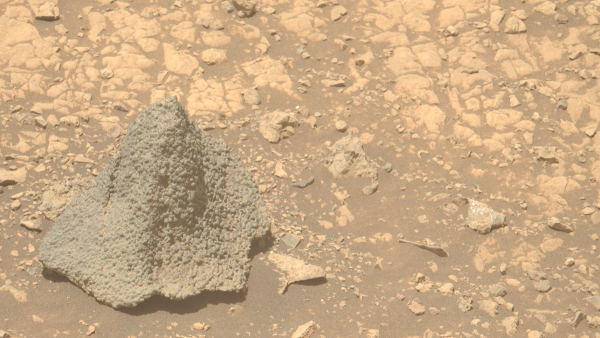
NASA's Perseverance Rover Discovers Mysterious 'Helmet' on Mars
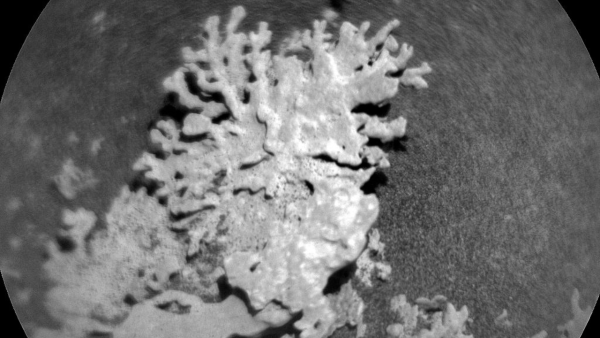
NASA Discovers Billion-Year-Old 'Coral' on Mars
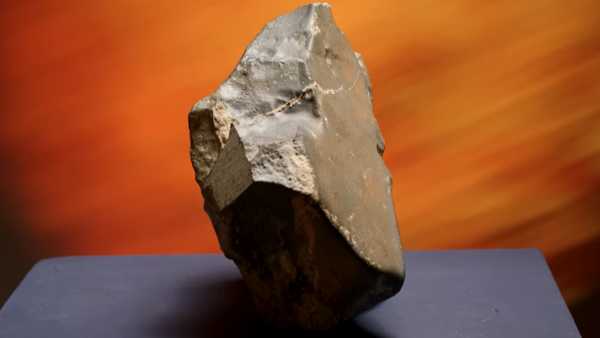
Largest known Martian meteorite on Earth sold at auction for $5.3 million

If aliens existed on Mars 3.7 billion years ago, they would have needed umbrellas.
Latest news
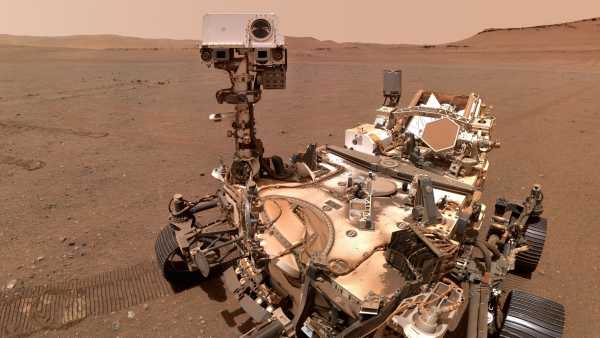
'Incredibly exciting': NASA claims to have found 'clearest sign' of past life on Mars
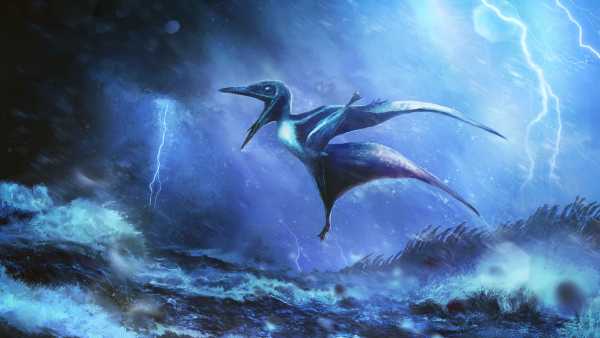
Scientists have discovered that baby pterosaurs died during a powerful Jurassic storm 150 million years ago.

The study estimates that wildfires in Canada will cause 87,000 premature deaths worldwide in 2023.
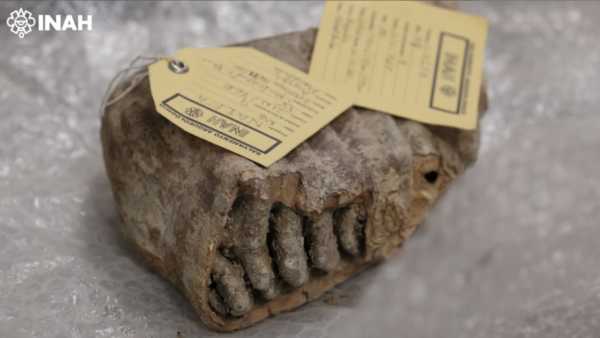
Ancient DNA from Mexican mammoths reveals unexpected and unexplained genetic secrets

Confirmed! Merging black holes confirms Stephen Hawking's theory.
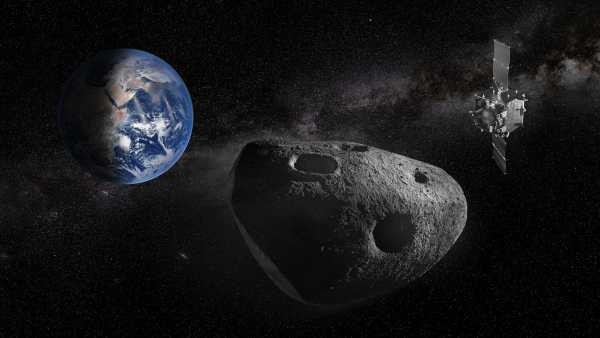
Asteroid Apophis flyby will be a 'once in a millennium' opportunity for skywatchers and scientists
LATEST ARTICLES
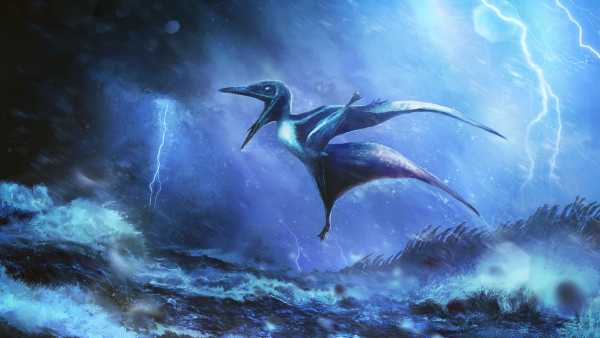
1Scientists have discovered that baby pterosaurs died during a powerful Jurassic storm 150 million years ago
Live Science is part of Future US Inc., an international media group and leading digital publisher. Visit our corporate website.
- About Us
- Contact Future experts
- Terms and Conditions
- Privacy Policy
- Cookie Policy
- Accessibility Statement
- Advertise with us
- Web Notifications
- Career
- Editorial Standards
- How to present history to us
© Future US, Inc. Full 7th Floor, 130 West 42nd Street, New York, NY 10036.
var dfp_config = { “site_platform”: “vanilla”, “keywords”: “type-news-trending,serversidehawk,videoarticle,van-enable-adviser-
Sourse: www.livescience.com



